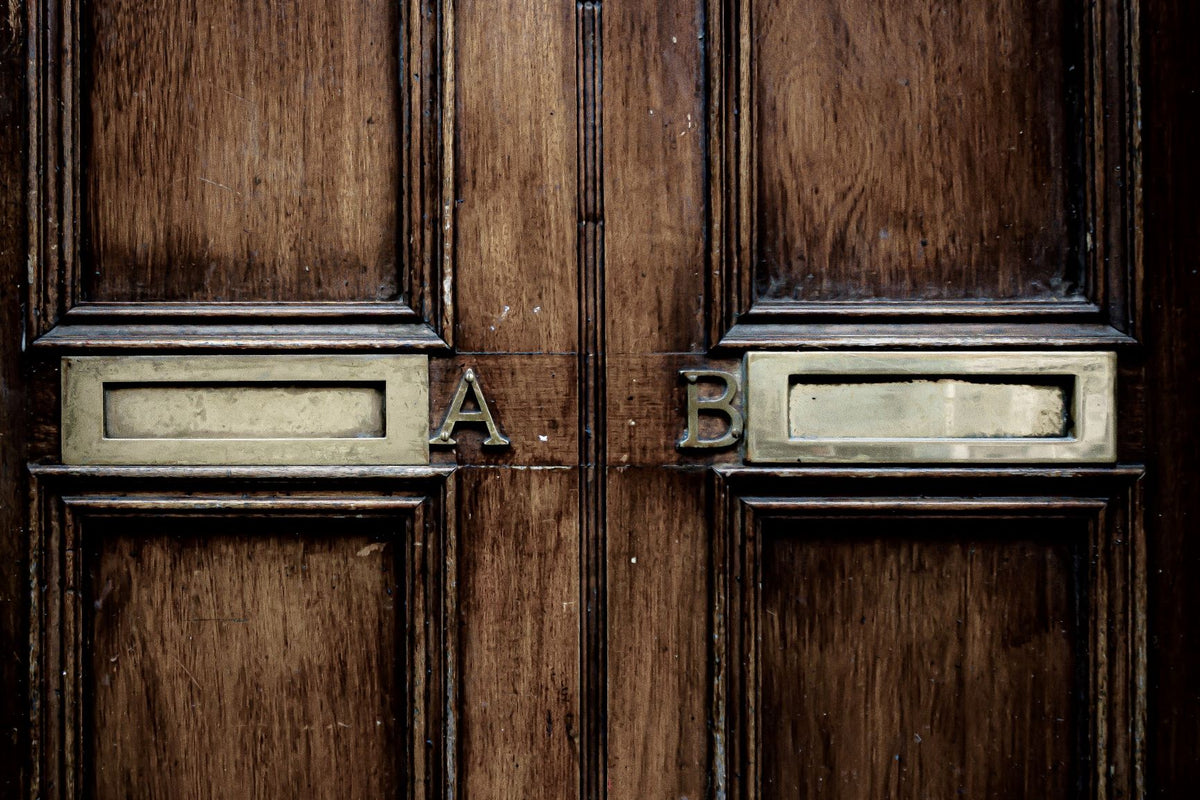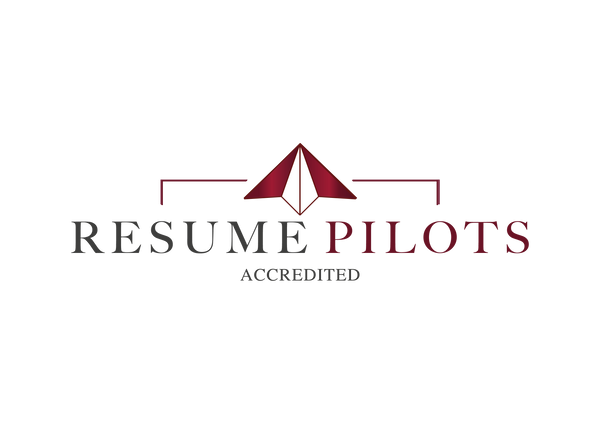
How should my LinkedIn differ from my resume?
We discuss how to adapt your resume’s content for your LinkedIn profile
Whether you’re creating your first LinkedIn profile or updating it to reflect a new position, you may be tempted to simply copy and paste the content you have written for your resume and call it a day.
However, we encourage you to adapt your resume content for your LinkedIn instead.
Your goal should be to make your LinkedIn profile into a preview of what recruiters can expect when they receive your resume.
In this article, we’ll discuss:
- How your LinkedIn profile should differ from your resume
- How your resume and LinkedIn profile should align
- Our top do's and don'ts for developing your LinkedIn content
- Why it’s important to modify your resume’s content for LinkedIn
How should my resume differ from my LinkedIn profile?
Generally speaking, your resume should be more detailed and comprehensive than your LinkedIn profile.
To understand what to include in your LinkedIn profile and what to save for your resume, keep the following two points in mind:
1) Your resume is a formal document, whereas LinkedIn is a social networking platform.
Because LinkedIn is a social media platform, your profile can be written in the first person and include elements that you traditionally would not include on your resume.
This additional information can include:
- An extensive list of skills
- Interests and organizations you are involved with outside of your industry
- Publications and patents
- Specific courses you have taken
- Links to work samples, projects you have worked on, personal blogs, and articles
- Recommendations and endorsements from colleagues or past employers
These pieces of information work together to create a more well-rounded picture of you as a professional.
In contract, your resume is a highly-focused document tailored to the specific position to which you’re applying.
2) Your LinkedIn can be accessed by the public, while your resume is more private.
You can assume that recruiters and hiring managers who receive your resume will treat it with a certain degree of confidentiality.
However, when deciding what information to share on LinkedIn, you should also assume that your profile is publicly accessible.
We never recommend sharing confidential information about your company or former employers.
To avoid breaching your employers’ trust, consider using percentages instead of concrete numbers to avoid accidentally divulging confidential financial information.
Instead of saying “increased revenue from $2M to $3M,” for example, say that you “increased revenue by 50%.”
Which elements of your resume and LinkedIn should align?
All factual information included on your resume and LinkedIn profile should be consistent.
In particular, recruiters and hiring managers will expect to see consistency between your job titles and the dates you held each role.
Discrepancies between those two pieces of information can make you look sloppy at best. At worst, they can arouse suspicion that you may be misrepresenting your experience.
It’s easy to let such details slip, so make sure you cross-check your resume with your LinkedIn profile to ensure key information aligns.
What are your top do’s and don’ts for writing LinkedIn content?
When crafting your LinkedIn content, keep the following list of do’s and don’ts in mind:
DO add information you don’t have space for in your resume.
Such information can include an extensive list of skills, interests, organizations, publications, and a professional summary.
DO include hyperlinks.
You may consider including external links to your online portfolio, sample projects, or articles you have been featured in.
DO include a professional summary in the about section, written in the first person.
In your summary, highlight specific examples of your experience instead of providing vague generalizations.
DO ask for recommendations and endorsements from colleagues.
They are a great way to bolster your profile and help you build credibility.
DON’T give out confidential information about your company, former employers, or your personal information/residence.
When referring to performance improvements you helped drive, consider providing percentages instead of concrete numbers to avoid divulging financial information.
DON’T feel like your profile has to be as formal as your resume.
LinkedIn is a social networking platform, so feel free to use the first person in your writing and show a bit more personality!
DON’T change job titles or dates.
Discrepancies make you appear sloppy and can be seen as warning signs that you are misrepresenting your experiences.
In general, use your LinkedIn profile as a teaser to what recruiters will learn in more detail when you send them your resume.
To accomplish this goal, consider:
- Using fewer bullet points for each role
- Keeping your descriptions of each role more general
- Saving accomplishments that include hard numbers for your resume
Why is it important to modify my resume content for my LinkedIn profile?
Your resume and LinkedIn profile serve different functions, so rather than being a mirror image of each other, they should complement each other.
While your LinkedIn profile should still provide an overview of your experience, it is best to leave something more to be discovered.
Imagine if you were a recruiter and found the LinkedIn profile of a candidate whose background aligns with what you are looking for.
Their profile has intrigued you, but you do not know whether they meet all of the role’s requirements.
As a result, you send them a message requesting their resume, and the candidate leverages the opportunity to set up a phone call and pitch themselves.
You discover that even though the candidate was missing many of the required skills listed on the job description, they fit the team dynamic and could quickly get up to speed.
Because they left you looking for more, you had an opportunity to interact with them.
Had they simply copied and pasted their entire resume into their profile, you may have concluded that they weren’t an exact fit and kept looking.
Simply put, you want to leave recruiters wanting more. Give them a reason to contact you.
When recruiters notice you on LinkedIn and contact you, make sure they discover something new on your resume instead of simply rereading the same content they saw on your profile.
In Summary
Your resume and your LinkedIn profile are both important elements of your overall professional portfolio.
Each one provides a slightly different angle on your experience and who you are as a professional, providing a well-rounded picture of you and your career.
To find out more, visit our website www.resumepilots.com. If you have any further questions, you can either book a consultation call with one of our team, or get in touch via email on team@resumepilots.com

